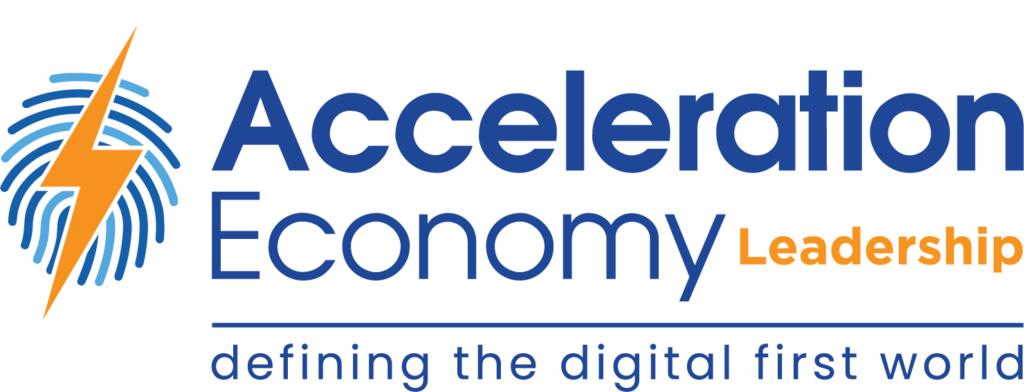In the second part of my conversation with Joanna Martinez, Acceleration Economy analyst and procurement expert, about procurement and partnerships (here’s Part 1), we tackle why businesses might hide partnership agreements from procurement; figuring out partnership costs; and the importance of picking the right partner in areas including telecom expense management (TEM).
JS: I often see the business hiding partnership agreements from procurement — is that a mistake?
JM: In many instances, it is. I can see why it happens — procurement can be horrible at marketing itself within the organization as a helping hand and an expert. There was a recent CIO interview asking procurement why the business should go to it when companies can go to Gartner to see who the best provider and agreement is. The reality is that procurement can’t just show up and say we are here to do the agreement and then fall apart when it’s time to deliver because it doesn’t have people with the right knowledge. So, some education on this space would be helpful for procurement teams.
JS: Well, speaking from my business, we have a program to train procurement leadership on the ecosystem, partnering, and effective elements of partnering agreements. But, only the most progressive and growth-oriented firms are now contracting us for that. However, with 75% of all business globally done through and with an indirect partner, and 90% of all tech deals having a partner in them, I think more and more firms need to find a way to get their procurement team trained and active in this space.
JM: That’s a great point. Procurement teams were historically asked to deliver a cost reduction for the business and that is therefore typically their focus, so the business doesn’t see procurement helping on the revenue side — they only see them helping on the cost side. In more mature organizations, the straight cost savings are now harder to achieve (automation, new materials, etc.) so helping on the revenue side is the next logical place. You can’t cut your way to growth long term!
JS: Very interesting and topical right now when we are seeing three to five partners in many deals in the technology industry, and not all the partners are being “paid” via a traditional element. As an example, partner A may be charging for their service to the enterprise, but partner B may be getting a commission for what they are selling from the vendor so no “real” cost to the enterprise. But I would argue there is always a cost whether apparent or hidden. What are your thoughts?
JM: This is complicated —there are all kinds of partnerships. But let’s face it, the customer pays for it, in some way or another. The company needs to understand nothing comes for free and whether you are seeing costs in a direct bill, or it’s embedded somewhere else, it is still there. As an example — GPOs (group purchasing organizations) convey that there is no cost to the participating enterprise, but anyone who buys through those agreements should be asking who is paying and where is that money flowing? These partnerships may save you cost or add costs, and you need to understand which one it is and use that as a basis for negotiation.
JS: That’s a great example. In fact, just recently I was working with a partner who was brought in by the CFO and procurement as an expense management exercise. The partner was basically a CEM (cloud expense management) firm, and, much like the old TEM firms, it looked for and sought out savings across all cloud purchases. While each agreement alone looked fine for cloud services, when taken in total, the company was wasting a lot of cloud capacity (and, as a result, thousands of dollars daily) as it had duplicate configurations. The partner saved it over $3 million in cloud spend with no performance issues. This is an area where we are starting to see procurement get really engaged and looking at spend across the category vs. deal by deal.
JM: The TEMs and now CEMs do a good job for businesses, but they sell the “no cost” message, and people often get suspicious of their sales pitch — however, they can be very useful to your business if you pick the right partner for this service. After all, logic says as the business grows, you aren’t decoupling what you aren’t using or what could be repriced, and, over time, this balloons into something that could deliver large savings to the enterprise. Doing something like this periodically is a smart thing to do, but you must pick the right TEM to avoid the snake oil sales pitch and poor results.
JS: Great points, and this has been an amazing discussion — any last words of advice or encouragement for procurement firms looking to begin to add value in the partnering arena for their business?
JM: Procurement organizations: Begin with capitalizing on how you can add value. At the beginning, you may not know enough about the strengths and weaknesses of specific potential partners, but you do know how to codify requirements and how to build contracts. Start there.
Thanks to all our readers for tuning in. Happy Partnering!
Register here for your on-demand pass to view all content from Partners Ecosystem Digital Summit. The digital event, which took place on April 20, focused on analyzing the business and IT imperatives around cloud, AI, automation, data modernization, and cybersecurity that define the future of partnerships.
Want more tech insights for the top execs? Visit the Leadership channel:







